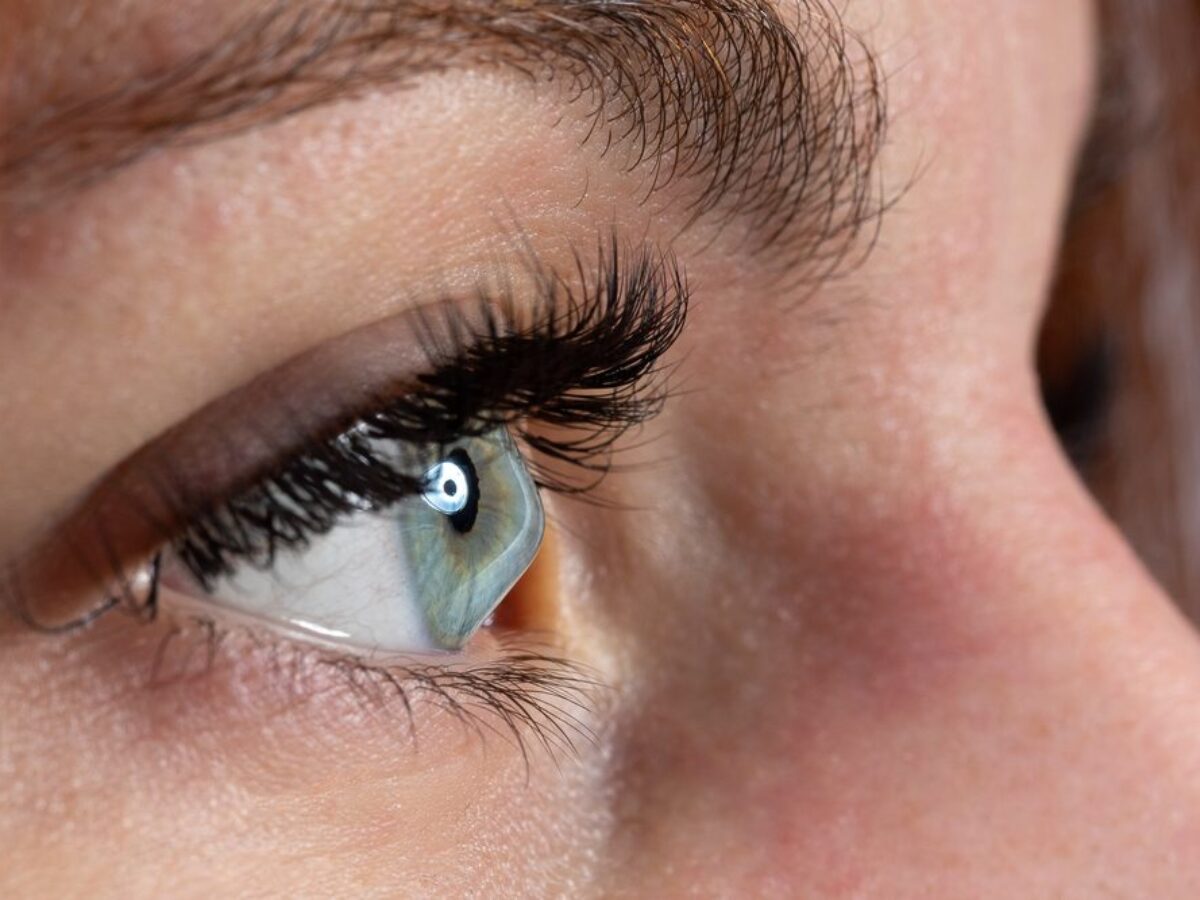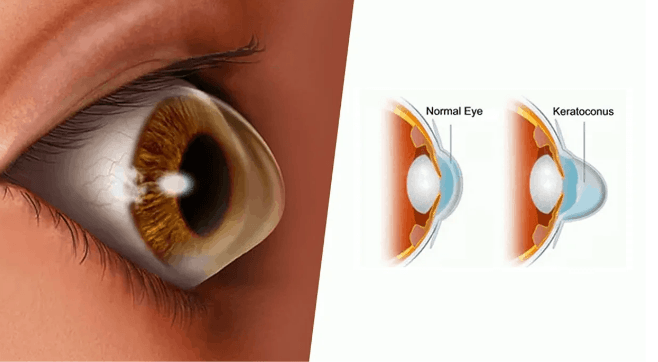
Keratoconus is a relatively rare eye condition that affects the cornea, the clear front surface of the eye. It is characterized by the thinning and bulging of the cornea, resulting in distorted vision.
In this blog post, we will delve into the causes, symptoms, and available treatment options for keratoconus.
What is Keratoconus?
Keratoconus is an eye disorder that causes the cornea to gradually become thinner and cone-shaped, rather than maintaining its normal dome-like shape. The exact cause of keratoconus is still unknown, but several factors may contribute to its development, including genetic predisposition, eye rubbing, and certain systemic diseases.
Recognizing the Symptoms:
Identifying the symptoms of keratoconus is crucial for early diagnosis and appropriate treatment. The most common signs include blurred or distorted vision, increased sensitivity to light, frequent changes in eyeglass or contact lens prescriptions, and the appearance of halos around lights. If you experience any of these symptoms, it’s important to consult an eye care professional.
Diagnosis and Examination:
To diagnose keratoconus, an eye doctor will perform a thorough examination, which may involve corneal mapping, a visual acuity test, and measuring corneal thickness. These tests help determine the severity of the condition and guide the appropriate treatment plan.
Treatment Options:
- Eyeglasses and Contact Lenses: In the early stages of keratoconus, eyeglasses or soft contact lenses can often correct the visual distortions caused by the irregular cornea. However, as the condition progresses, specialized contact lenses, such as rigid gas permeable lenses or scleral lenses, may be recommended for better visual acuity.
- Cross-Linking: Corneal collagen cross-linking is a procedure that involves applying special eye drops and using ultraviolet light to strengthen the cornea. This treatment can slow down or halt the progression of keratoconus.
- Intacs: In some cases, small, crescent-shaped devices called intracorneal ring segments (Intacs) may be surgically implanted into the cornea to reshape and flatten it, improving vision.
- Corneal Transplant: For advanced cases of keratoconus, where other treatments are ineffective, a corneal transplant may be necessary. During this procedure, the damaged cornea is replaced with a healthy donor cornea.
- Expert Care
- Lifestyle Tips and Support: Living with keratoconus can be challenging, but there are several lifestyle tips and support options that can help manage the condition. Protecting your eyes from excessive rubbing, avoiding eye-irritating activities, and regularly visiting an Eye Doctor for check-ups are important. Additionally, support groups and online communities can provide valuable emotional support and shared experiences.
Credits to the original link: https://isurgeon.co.za/understanding-keratoconus-causes-symptoms-treatment-options/

